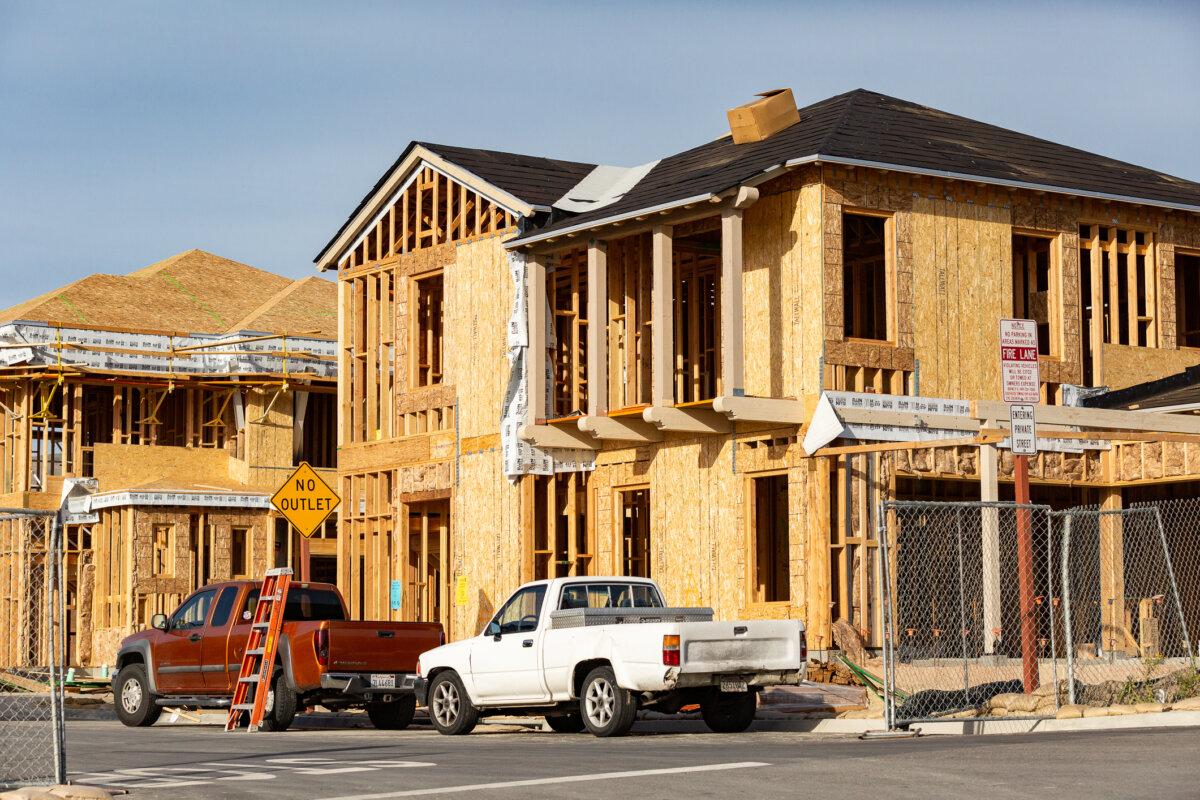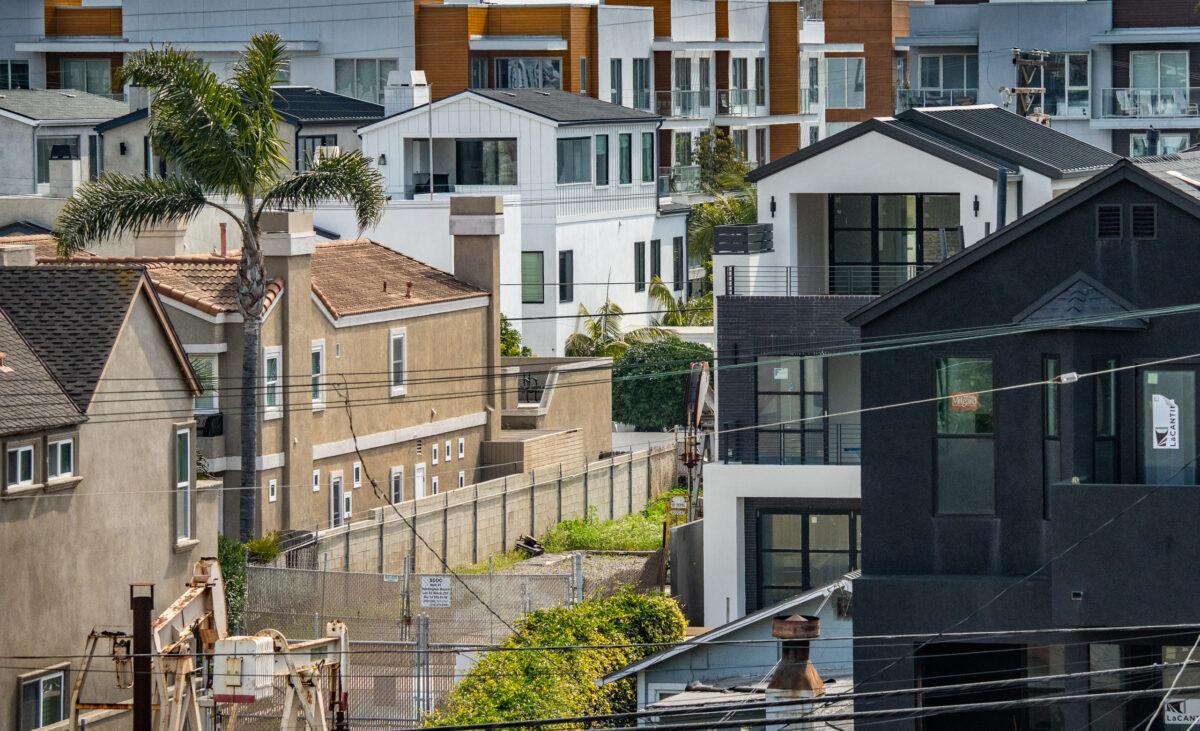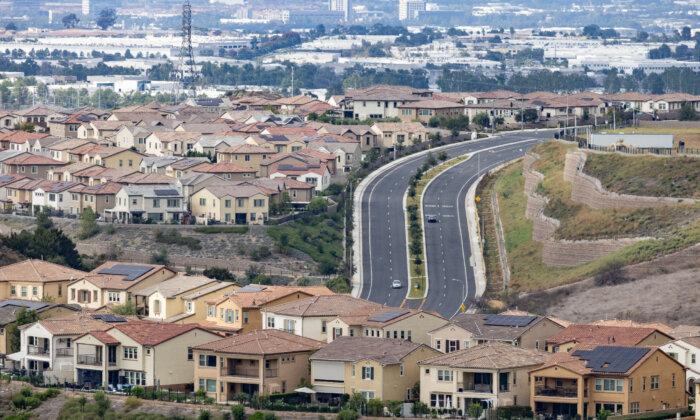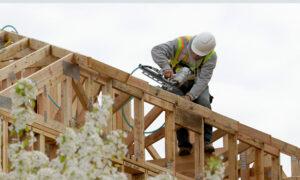Can a nifty label promote more housing? Well, private companies certainly spend a lot of money cooking up advertising slogans for their products. So do political campaigns.
Seven communities just received the Prohousing Designation: The cities of Eureka, Healdsburg, Mountain View, Petaluma, San Luis Obispo, and Santa Monica, as well as the County of Tulare. That brings the total to 37 out of 482 California cities and 58 counties.
Added HCD Director Gustavo Velasquez, “Communities whether large or small, rural or urban, are actively working to accelerate the development of housing for Californians at all income levels. We are pleased to be able to reward our Prohousing partners with incentives to help them build on their innovative efforts to break down barriers to development.”

Is It Working?
Is it really helping alleviate the crisis? I talked to Nolan Gray, research director at California YIMBY, which stands for Yes In My Back Yard. It’s a counter to NIMBY—Not In My Back Yard. “It will maybe set the table a little bit,” he said. “The discourse in California housing is mostly focused on cities that are violating the law or doing everything they can to make it as hard to build as possible. That makes sense. We have to focus on those jurisdictions and sort of things out there.“But the spirit of the Prohousing Designation is, there are a lot of jurisdictions that actually are trying to make it easier to build. It makes sense that you want to reward them and give them credit.”
Can we measure it yet? “Ideally this would be reflected by real progress in permits and more affordable housing. But this stuff takes time between changing laws and housing units getting built. So in the meantime, you do want to be celebrating jurisdictions that are doing a good job. It certainly helps on the margins.
Scores of Housing Reform Bills
Indeed, last October Mr. Newsom boasted he had signed 56 housing reform bills into law, while spending $30 billion on low-income housing construction. He said, “It’s simple math—California needs to build more housing and ensure the housing we have is affordable. In partnership with the Legislature, we have advanced billions of dollars to that end.”Actually, it would have been better not to spend that money and instead cut taxes the same amount. For example, cutting the sales tax $30 billion would have saved people, especially the poor and the middle class, money for food and other staples now being devoured by inflation.
That money then could be put toward mortgages.
Even the $9.5 million for the Prohousing program might better have been raised from private foundations instead of tapping the taxpayers. But this is California and crises are met with more spending.

More Reforms Needed
What more can be done? “It depends on the jurisdiction,” Mr. Nolan said. “In some jurisdictions a lot of progress could be made by just issuing permits faster and in a more predictable way. Currently in California it takes incredibly long to get a permit and it might involve a political process. That scares off smaller developers. Lowering impact fees also would help.“In some places it’s actually illegal to turn a strip mall into apartments or to redevelop an old home into maybe three or four townhouses.”
A perennial problem is reforming the California Environmental Quality Act, the main hamstring on development—except for giant sports stadiums, which get special exemptions from the Legislature. Mr. Newsom pointed out several of the bills he signed make marginal reforms to CEQA. But much more needs to be done.
“CEQA is a huge hurdle to development,” Mr. Nolan said. “But you can help projects avoid CEQA by just allowing them to be ‘as-of-right approval,’ because CEQA kicks in when there’s discretion.”
But for CEQA projects, Mr. Nolan said, “We should make it to where that process is as painless as possible.”
Conclusion: Reform Takes Time
The Prohousing Designation is but one small plank of recent legislation encouraging more housing. But every little bit helps. It’s going to take years, maybe decades, to see how all this plays out. No doubt some of the bills will need to be revised, even repealed.The primary reform needed, though, remains a comprehensive reform of CEQA. But with the state’s ongoing budget deficit crisis and many other problems, once again that will be deferred.
Finally, speaking as a renter, if these reforms prevent yet another massive rent hike, they will have been worthwhile. Otherwise, I might have to brave the Florida hurricanes.







